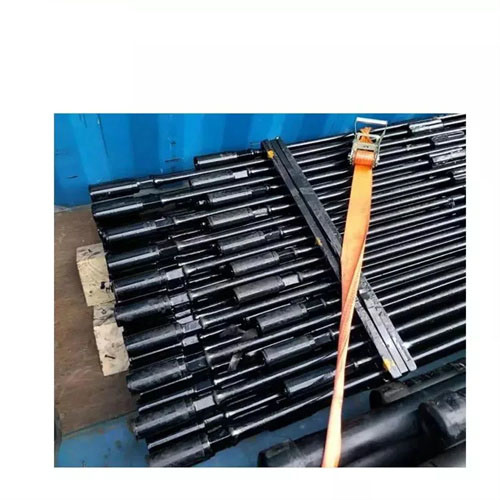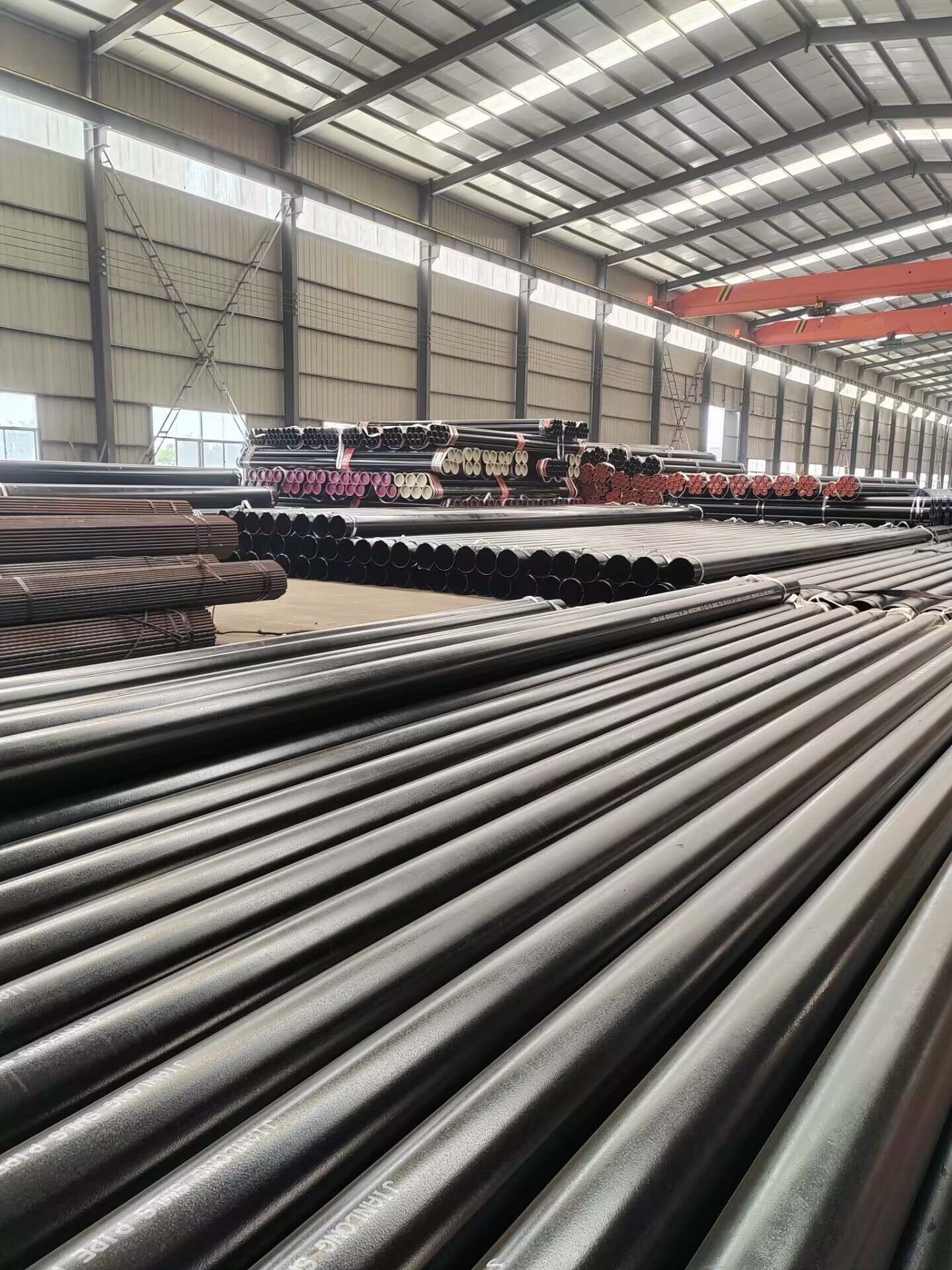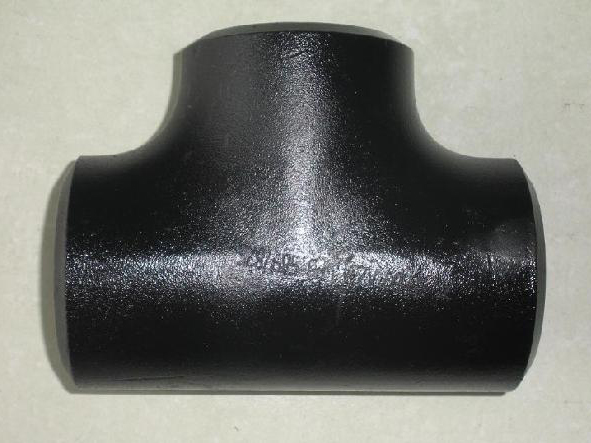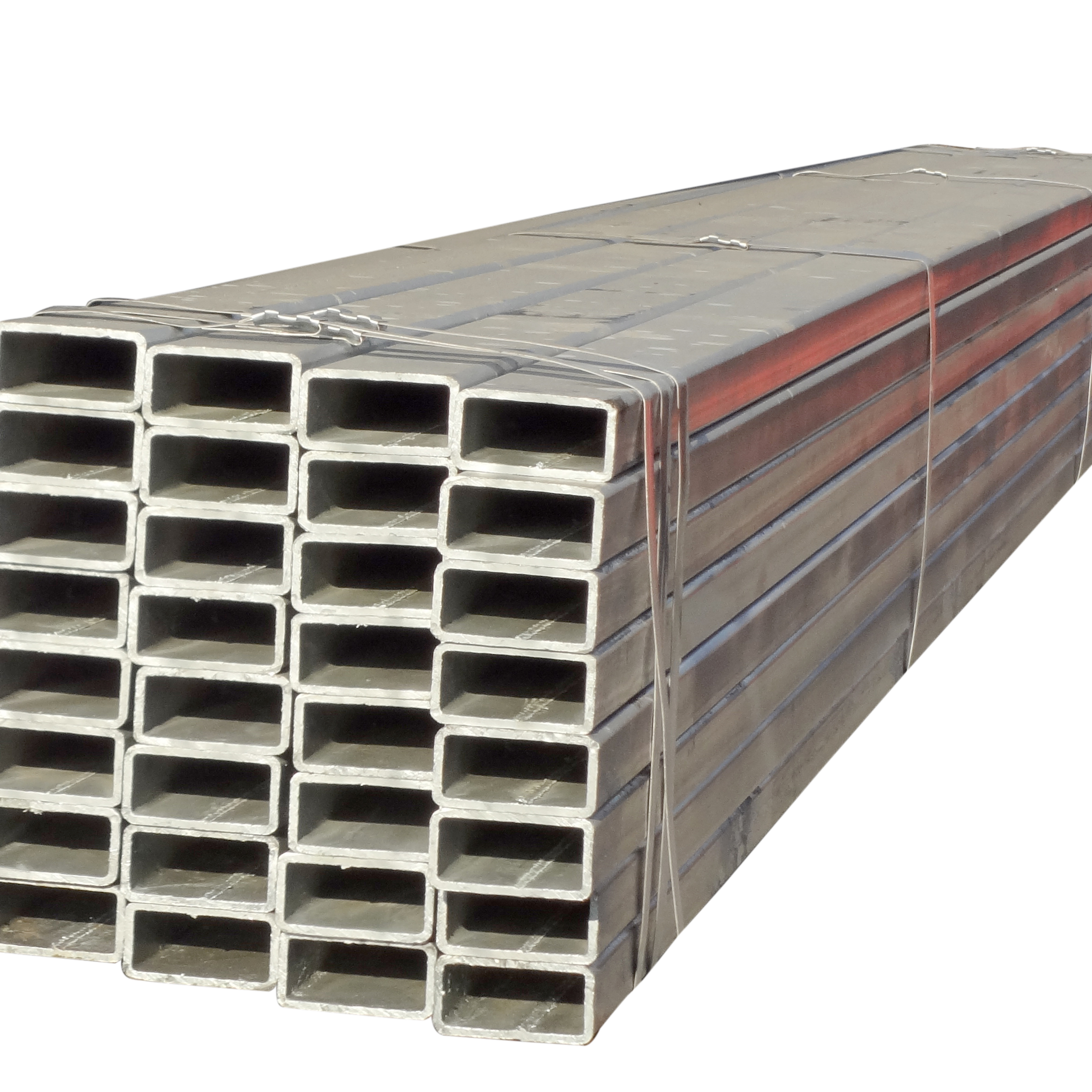Advantages of Using A312 TP304 Stainless steel Tube in Industrial Applications
Stainless steel is a versatile Material that is widely used in various industrial applications due to its excellent Corrosion resistance, durability, and strength. Among the different grades of stainless steel available, A312 TP304 is one of the most popular choices for Tubing and piping. In this article, we will explore the advantages of using A312 TP304 stainless Steel tube in industrial applications.
One of the key advantages of A312 TP304 stainless steel tube is its corrosion resistance. Stainless steel is known for its ability to resist corrosion in a wide range of environments, including those with high levels of moisture, chemicals, and salt. This makes A312 TP304 stainless steel tube ideal for use in industries such as chemical processing, food and beverage production, and marine applications where corrosion resistance is essential.
In addition to its corrosion resistance, A312 TP304 stainless steel tube also offers excellent durability and strength. Stainless steel is a strong and tough material that can withstand high temperatures, pressure, and mechanical stress. This makes A312 TP304 stainless steel tube suitable for use in demanding industrial applications where reliability and performance are critical.
Another advantage of using A312 TP304 stainless steel tube is its versatility. Stainless steel is a highly versatile material that can be easily fabricated into different shapes and sizes to meet the specific requirements of a wide range of industrial applications. A312 TP304 stainless steel tube is available in various forms, including welded Pipe, Seamless pipe, square pipe, and round pipe, making it easy to find the right type of tubing for any project.
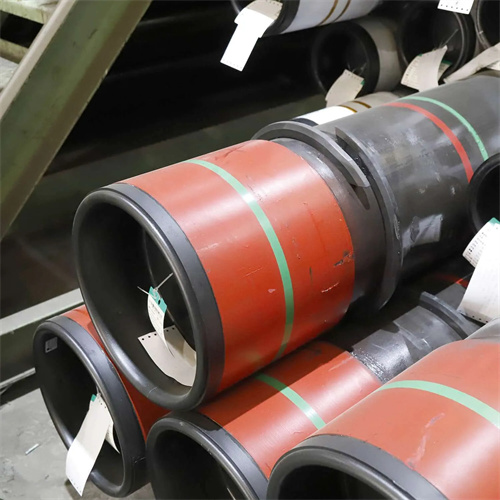
Furthermore, A312 TP304 stainless steel tube is easy to maintain and clean, making it a cost-effective choice for industrial applications. Stainless steel is a low-maintenance material that does not require painting or coating to protect it from corrosion. A312 TP304 stainless steel tube can be easily cleaned with soap and water or mild solvents, making it a hygienic option for industries such as food processing and pharmaceuticals.
In conclusion, A312 TP304 stainless steel tube offers a range of advantages for industrial applications, including corrosion resistance, durability, strength, versatility, and ease of maintenance. Whether you are working in the chemical, food and beverage, marine, or any other industry that requires reliable and high-performance tubing, A312 TP304 stainless steel tube is an excellent choice. Its superior properties make it a cost-effective and long-lasting solution for a wide range of industrial applications.
Comparison of A312 TP316L and A312 TP321 Stainless steel pipes in Corrosion Resistance
Stainless steel is a popular material in various industries due to its excellent corrosion resistance, durability, and aesthetic appeal. Among the different grades of stainless steel available, A312 TP316L and A312 TP321 are two commonly used grades for pipes and tubes. In this article, we will compare the corrosion resistance of these two grades to help you make an informed decision for your specific application.
A312 TP316L is a low carbon version of A312 TP316 stainless steel, which is known for its superior corrosion resistance in a wide range of environments. It contains molybdenum, which enhances its resistance to pitting and crevice corrosion, making it suitable for use in chloride-rich environments such as marine applications and chemical processing plants. A312 TP316L is also highly resistant to corrosion from acids and alkalis, making it a versatile choice for various industrial applications.
On the other hand, A312 TP321 is a titanium-stabilized austenitic stainless steel that offers excellent corrosion resistance in high-temperature environments. The addition of titanium helps to prevent carbide precipitation during Welding, which can lead to intergranular corrosion. This makes A312 TP321 a preferred choice for applications where the material will be exposed to elevated temperatures, such as in heat exchangers, furnace components, and exhaust systems.
When comparing the corrosion resistance of A312 TP316L and A312 TP321, it is important to consider the specific environment in which the material will be used. In general, A312 TP316L offers better resistance to chloride-induced corrosion, making it a suitable choice for applications where exposure to saltwater or chloride solutions is a concern. On the other hand, A312 TP321 is better suited for high-temperature applications where carbide precipitation and intergranular corrosion are potential issues.
https://youtube.com/watch?v=6tUfn1bKo9Y
In terms of overall corrosion resistance, both A312 TP316L and A312 TP321 are excellent choices for a wide range of applications. However, the specific requirements of your application will ultimately determine which grade is the best fit for your needs. If you are unsure about which grade to choose, it is recommended to consult with a materials engineer or stainless steel specialist who can provide guidance based on your specific requirements.
In conclusion, A312 TP316L and A312 TP321 are both high-quality stainless steel grades that offer excellent corrosion resistance in different environments. While A312 TP316L is better suited for chloride-rich environments, A312 TP321 is preferred for high-temperature applications where carbide precipitation is a concern. By understanding the unique properties of each grade, you can make an informed decision when selecting the right stainless steel pipe for your project.

